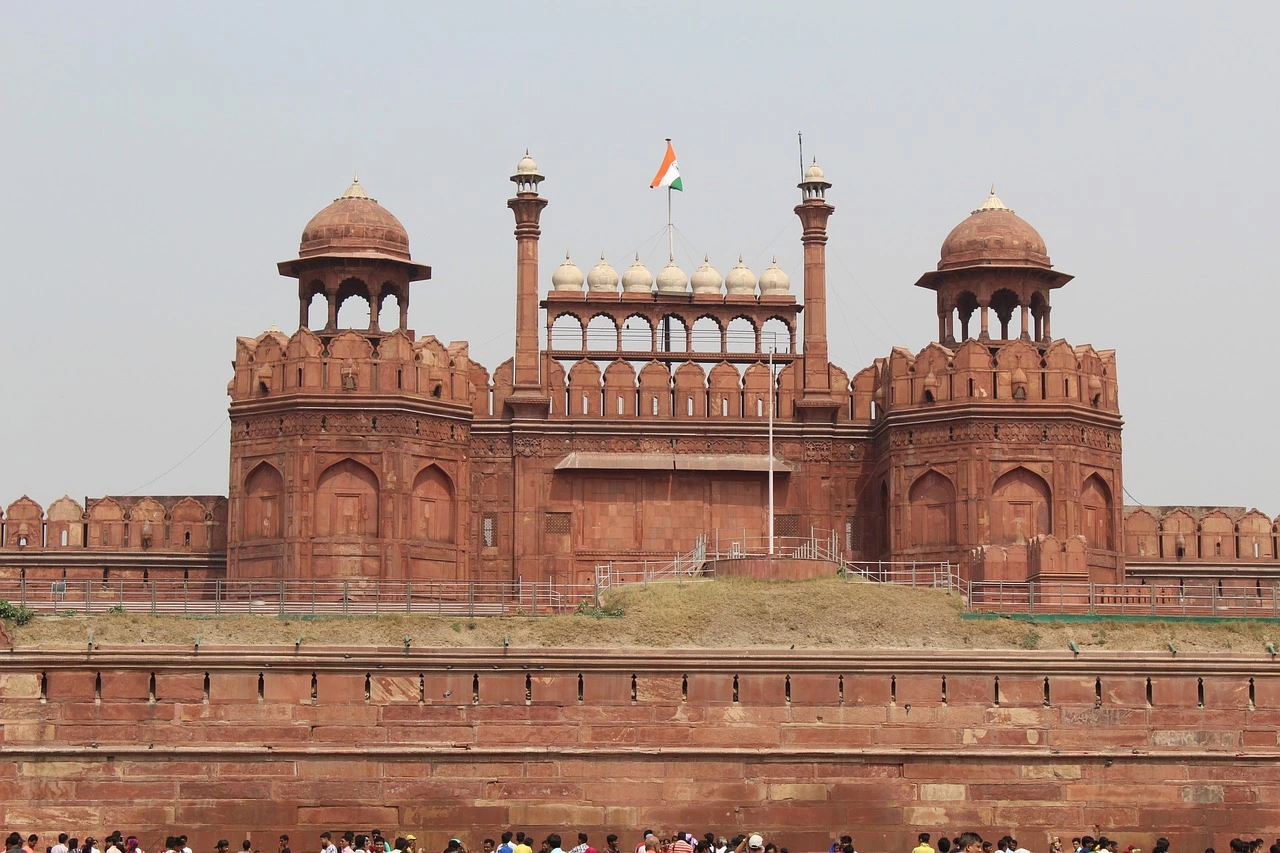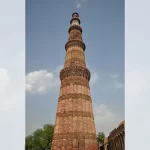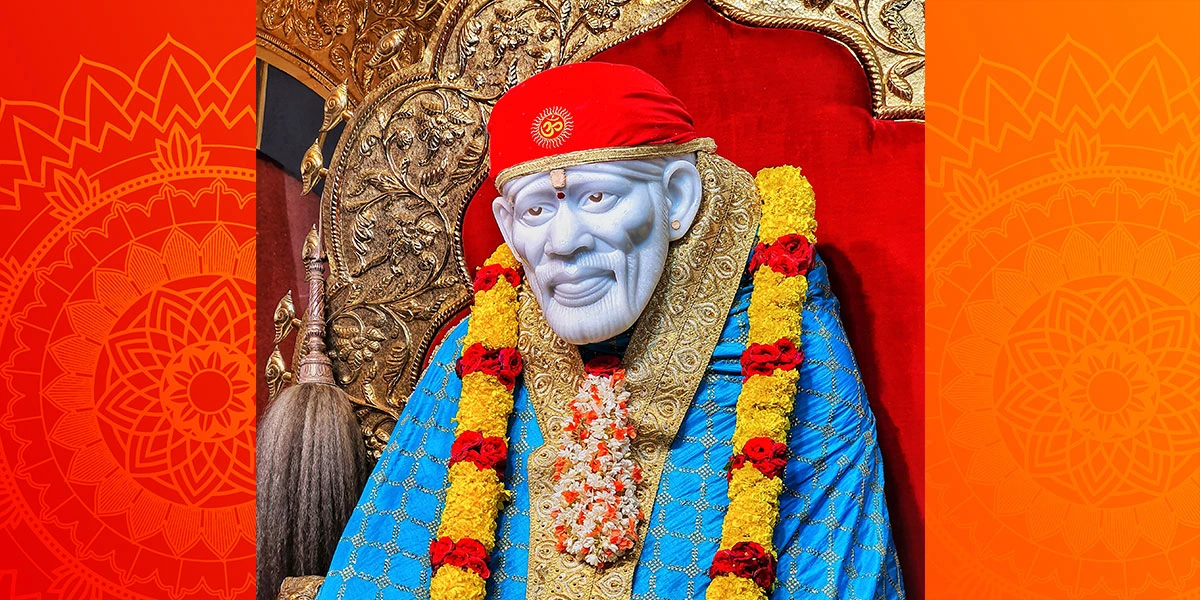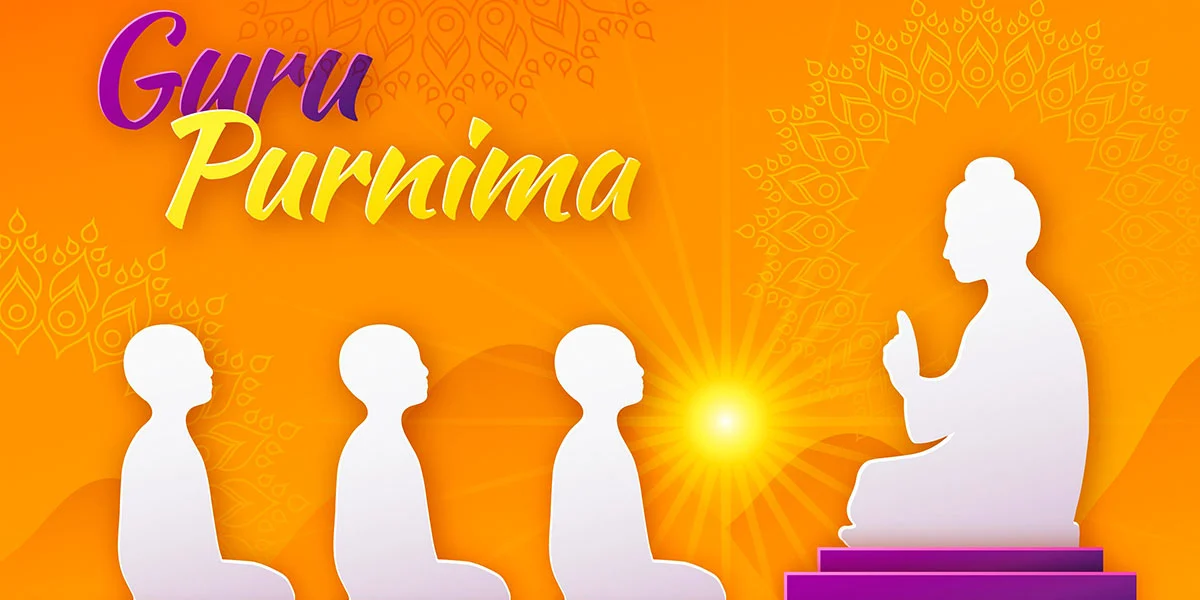The Red Fort, also known as Lal Qila, is a historic fort located in the heart of Old Delhi, India. It was built by the Mughal Emperor Shah Jahan in the 17th century. Construction of the fort began in 1638 and was completed in 1648. The fort served as the main residence of the Mughal emperors for nearly 200 years, until the British colonial era.
It is famous for its stunning red sandstone architecture and intricate marble inlays. It covers a vast area, with walls stretching for over 2 kilometers (1.25 miles). The fort complex includes several buildings, halls, gardens, and pavilions, each with its own unique architectural style and historical significance.
One of the most iconic features of the Red Fort is the Diwan-i-Aam (Hall of Public Audience), where the emperor would address the public and listen to their grievances. Another notable structure is the Diwan-i-Khas (Hall of Private Audience), where the emperor would meet with his courtiers and important dignitaries.
The Red Fort is also famous for its annual Independence Day celebrations, during which the Prime Minister of India hoists the national flag and delivers a speech from the ramparts of the fort.
In 2007, the Red Fort was designated as a UNESCO World Heritage Site, recognizing its historical and cultural significance. Today, it remains one of the most visited tourist attractions in Delhi, attracting millions of visitors from around the world each year.
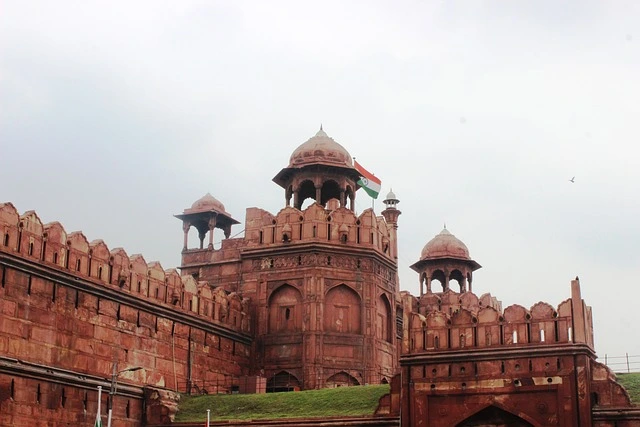
| Address of the Red Fort | Netaji Subhash Marg, Lal Qila, Chandni Chowk, New Delhi, Delhi 110006, India. |
| Visiting Hours | - The Red Fort is open to visitors every day of the week except Mondays. - The visiting hours are usually from 9:30 AM to 4:30 PM. |
| Entry fees for visiting the Red Fort in Delhi | 1. For Indian citizens: - Adults: Rs. 35 per person - Children (up to 15 years): Free 2. For foreign tourists: - Adults: Rs. 500 per person |
Here’s a brief overview of its history and some interesting facts:
History of Red Fort:
- Construction: The Red Fort was built by the Mughal Emperor Shah Jahan in the 17th century. Construction began in 1638 and was completed in 1648. The fort served as the main residence of the Mughal emperors for around 200 years.
- Architectural Style: The Red Fort is a masterpiece of Mughal architecture, characterized by its red sandstone walls, marble inlays, and intricate carvings.
- Purpose: The fort was originally constructed as the palace for the Mughal Emperor Shah Jahan and served as the capital of the Mughal Empire until 1857, when the British seized control after the Indian Rebellion of 1857.
- UNESCO World Heritage Site: In 2007, the Red Fort was designated as a UNESCO World Heritage Site in recognition of its historical and cultural significance.
Architecture / Design of Red Fort:
- Design: The Red Fort is laid out in a symmetrical octagonal shape, with walls stretching for over 2 kilometers (1.25 miles). The fort complex includes various structures such as palaces, halls, pavilions, and gardens.
- Diwan-i-Aam and Diwan-i-Khas: The fort features two iconic halls – the Diwan-i-Aam (Hall of Public Audience) and the Diwan-i-Khas (Hall of Private Audience), where the emperor would conduct official affairs and meetings.
- Moti Masjid: The fort also houses the Moti Masjid (Pearl Mosque), a stunning white marble mosque located within the premises.
Interesting Facts about Red Fort:
- Name: The fort gets its name from the red sandstone used in its construction. However, it is believed that originally it was known as “Qila-i-Mubarak” (Blessed Fort).
- Independence Day Celebrations: The Red Fort is famous for hosting the annual Independence Day celebrations of India, where the Prime Minister hoists the national flag and delivers a speech from the ramparts of the fort.
- Symbol of India’s Independence: The Red Fort holds significant historical importance as it was from here that the first Prime Minister of India, Jawaharlal Nehru, delivered his famous “Tryst with Destiny” speech on the eve of India’s independence in 1947.
- Light and Sound Show: Visitors can also enjoy a mesmerizing light and sound show held in the evenings at the fort, narrating the history of Delhi and the Mughal Empire.
Other Historical Monuments

